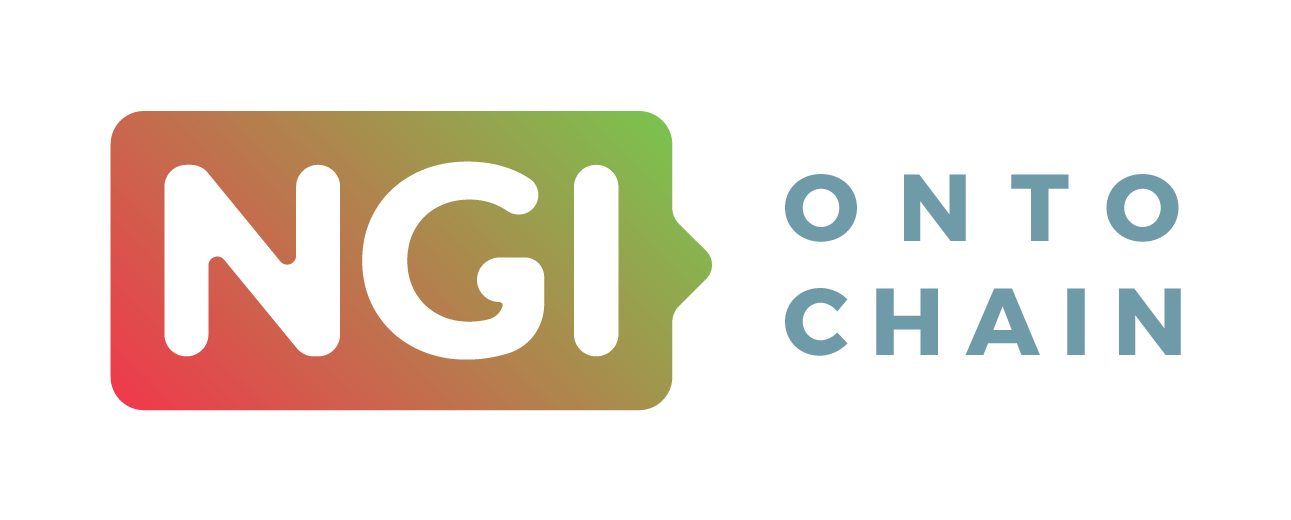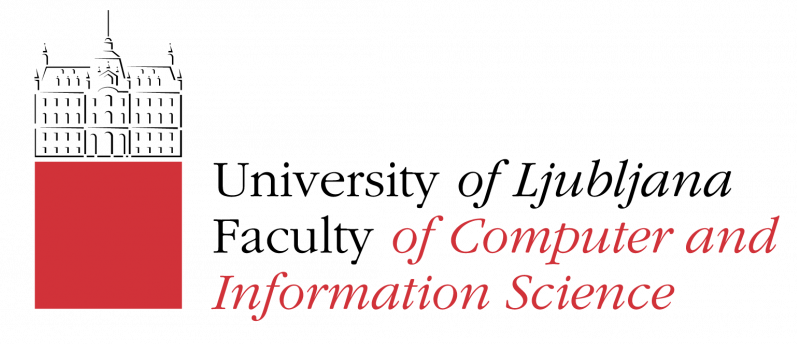The inspiration for MFSSIA project started from a theoretical work about a formalized protocol for multi-factor self-sovereign identity authentication. In this interview, team member Alex Norta tell us all about the project they are now working on in ONTOCHAIN, and how it is like to do it in close collaboration with other ONTOCHAIN projects.

How did you hear about ONTOCHAIN and what drove you to apply?
Before starting the ONTOCHAIN project, I had a short project with NGI explorers for 3 months in collaboration with the University of Central Florida, exploring the options for human-oriented multi-factor self-sovereign identity authentication (MFSSIA). During that period, I received many emails about mentoring and further funding opportunities, one being about the ONTOCHAIN Call #2, for which we applied. This call looked like a perfect opportunity to implement our research papers that are the foundation for this MFSSIA project, where we implement all the findings into a blockchain solution employing the solutions from related ONTOCHAIN projects, e.g., oracles, decentralized knowledge graphs, cross-blockchain gateways, and so on.
Tell us a bit about the story behind your team. What drives you and what brought you together?
This work evolved out of research with my former master- and then PhD student, who is now a professor at TU-Clausthal in Germany, Benjamin Leiding. We published together a conference paper and subsequently, a journal paper about a formalized protocol for multi-factor self-sovereign identity authentication. This theoretical work motivated me to apply for the ONTOCHAIN Call #2 and that was luckily successful. Next, I could bring in my interested PhD students into the team, i.e., Alexandr Kormiltsyn, Vimal Dvivedi, Chibuzor Udokwu, who were later joined by Ignas Nikolajev and Sunday Aroh. I am very grateful for this opportunity to work with them together and it is a wonderful experience for me.
Can you briefly explain your project and its contribution to the ONTOCHAIN software ecosystem?
The basic idea is quite simple and assumes that the emerging complex machine-to-everything (M2X) economy yields a context with many machines, devices, systems, persons, where for collaborations, a single sing-on (SSO) approach for identity authentication does not suffice any longer. In fact, centrally-controlled SSO is even inherently dangerous when, for example, a state decides to disable specific persons, organizations, machines, devices from commercial activities for unethical discriminatory reasons because of an attached credit-score system not being satisfied. Specifically in the last 2 years, we have seen such strong urges to roll out such SSO identity authentications with very discriminating effects on large parts of human society. Reverting back to the M2X economy, a smart city is a sub-class case with infrastructure, humans, organizations, devices, complex software/data systems, including blockchains, that should engage ad hoc in a trusted way. With centrally controlled SSO identity authentication, it is not conceivable that trusted collaborations can be established for an M2X economy. Thus, our MFSSIA project aims to provide for ONTOCHAIN a scalable solution where flexibly configurable challenge sets can be deployed in a context-dependent way to be issued on a blockchain for capturing the corresponding responses that are equally stored on-chain for subsequent evaluation with means of oracles. Note that the challenges, responses and also the semantic facts about a specific identity-authentication context are expressed in decentralized knowledge graphs (DKG). For example, and omitting a lot of detail, let us assume that one enterprise uses internally Ethereum and a second one Tezos that should connect in a trusted way for data exchange about a business transaction. For trusted MFSSIA, DKG-expressed challenge sets could first be guiding to extract out of yet another two separate DKG instances facts about security certifications. The automatically extracted response set comprise facts about the accreditation of the respective security auditors, the period of validity for the security licenses, passing the audit, and so on. With the help of dedicated oracles supplying corresponding data from third-party registries, the on-chain stored responses can be validated for satisfying the challenge set. If this first stage of response evaluations succeeds, again DKG instances may contain facts about the availability of a gateway and correct semantic configuration to allow for cross-blockchain connection establishment. The approach for challenge/response-evaluations follows the same pattern as explained above for the case of checking the security licenses. If this second stage succeeds again, the MFSSIA check greenlights the gateway-employing connection between the Ethereum- and Tezos blockchains. Hopefully, this very brief description is understandable and I am happy to answer more detailed questions for anybody who contacts me.
How did you come up with this idea? What’s unique about it? And what will be the end user benefits?
The idea really came to us in collaborative research work that I describe above where I also reference the corresponding scholarly peer-reviewed theoretical research publications. In those papers, we explain that to the best of our knowledge, there is no comparable secured protocol in existence where in a context-dependent way challenge sets can be configured for the trust-establishing MFSSIA of connecting machines, communications systems, devices, organizations and humans for the emerging M2X economy where blockchain technologies are an essential part. The idea has simply been for us to try and implement this research work and test the utility and feasibility in the NGI-framework addressing on the one hand the commercial viability and on the other hand to also publish many research papers about the results. We refer interested readers to Section 5.3 of our M2X economy position paper.
You are contributing to ONTOCHAIN’s mission of delivering a new software ecosystem for trusted, traceable & transparent ontological knowledge. How is ONTOCHAIN contributing to your own ambitions?
The contribution happens in so many amazing ways. First of all, given the big number of applications, we understand it special to have been selected for the ONTOCHAIN project. We consider that to be a sign of distinction for our earlier work that we are happy to bring into this amazing ecosystem. The next contribution is the guidance we receive in very good weekly sprints with ONTOCHAIN mentors and there are also many other sessions of brainstorming with other past and current projects where we explore mutually beneficial collaboration options. Then we have commercialization support, for example, with promotional interviews such as this one that will be broadly advertised. The quality and competence of the ONTOCHAIN team and members of affiliated projects is very impressive and yields a project environment that is uniquely inspiring and beneficial for us to generate results.
How do you assess the experience of working with other teams in the co-creation of the ONTOCHAIN ecosystem? What type of synergies do you want to explore?
The experience has been very good and there is a productive, open spirit of collaboration aiming at mutual benefits. From an MFSSIA perspective, we are able to book quick progress by integrating the work results for our own system-development. With the research publications as a foundation, we understand the functionalities to aim for and subsequently check which related ONTOCHAIN projects match with these respective functions. Given the fruitful collaboration atmosphere around us, we are happy to find many synergies in the ongoing project and additionally, already now, many collaboration synergies arise for the time after this project ends.
What are your expectations regarding the new software ecosystem that ONTOCHAIN will deliver and its contribution to the NGI priority areas?
First, please let me also mention our position paper about the already earlier mentioned rising M2X economy. We consider the ONTOCHAIN project as a very essential blockchain initiative that creates an invaluable ecosystem of compatible solutions. Checking the NGI priority areas that match with the M2X economy position paper, clearly the ONTOCHAIN ecosystem ticks all the boxes. Based on our observations, the adopted projects surely adhere to the NGI principles and it is obvious that the ONTOCHAIN team carefully selects projects in line with these principles.

 This project has received funding from the European Union’s Horizon 2020 research and innovation programme under grant agreement No 957338
This project has received funding from the European Union’s Horizon 2020 research and innovation programme under grant agreement No 957338




